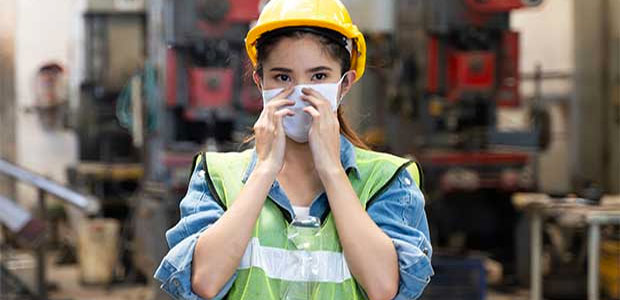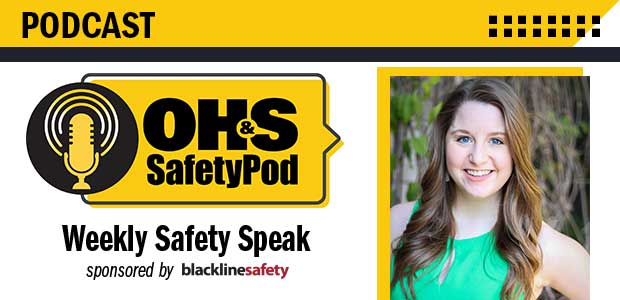
Michigan’s governor collaborated with MIOSHA to introduce new guidelines for employers to follow in the wake of COVID-19.
The agency’s upcoming changes will be an effort to continue innovations that became necessary because of COVID-19.

A total of $26.6 million will go toward agriculture and food worker relief in Canada.
As part of an employer’s responsibility to maintain a safe work environment, companies are continuously responding to risks. Today, one of the greatest threats to employee well-being, and ultimately a company’s ability to operate, is COVID-19.
Despite declines in workplace injuries in recent years, the construction industry remains one of the most dangerous in America.
One in four hotel workers is unemployed right now, and the numbers are only expected to increase.

The Faces of Fire/Electrical Campaign has, so far, featured interviews with two real electrical utility workers who were injured on the job.
PPE has and will always be an absolute must for keeping workers in construction safe, but the pandemic is bringing new challenges to the industry every week.
Port Huron, the only city in a recent batch of businesses fined by MIOSHA for coronavirus violations, denies not following protocol.
A checklist of all the key workplace PPE an expert suggests to maintain a safe workplace during the coronavirus pandemic.

The northern California county's Worker Protection, Health and Safety Act went into effect on October 1.

Teaching, an already stressful occupation, has gotten more difficult as classrooms fill up with students for the fall semester.

Episode 32
Interested in knowing more about what it means for Coronavirus to be airborne? Tune in to this mini episode for a deep dive on how infectious diseases spread as well as information on top headlines like the new OSHA temporary respirator guidance and Distracted Driving Awareness Month.
The lucrative company does not correctly report injury and illness rates, as told by a report in The Center for Investigative Reporting’s The Reveal.

SPONSORED
Whether you have employees who are subject to a quarantine or isolation order, employees who are reluctant to return to work, or employees who tested positive or have related symptoms, you need to respond appropriately to keep your workforce safe, while maintaining productivity.

Workers in high traffic businesses such as retail stores require a new level of training to suit the environment brought on by the coronavirus.
This checklist is just one resource industry can leverage to determine whether operations align with existing regulatory requirements and guidance out of the FDA, OSHA, and CDC.
Battelle Memorial Institute failed to meet Emergency Use Authorization requirements for reporting adverse events.
Like any other business policy, workplace safety is not what it traditionally looked like. It is ever-evolving and advancing, and an employer’s approach should reflect this.
The agency issued citations for several employers across the country for improper operations during the pandemic.